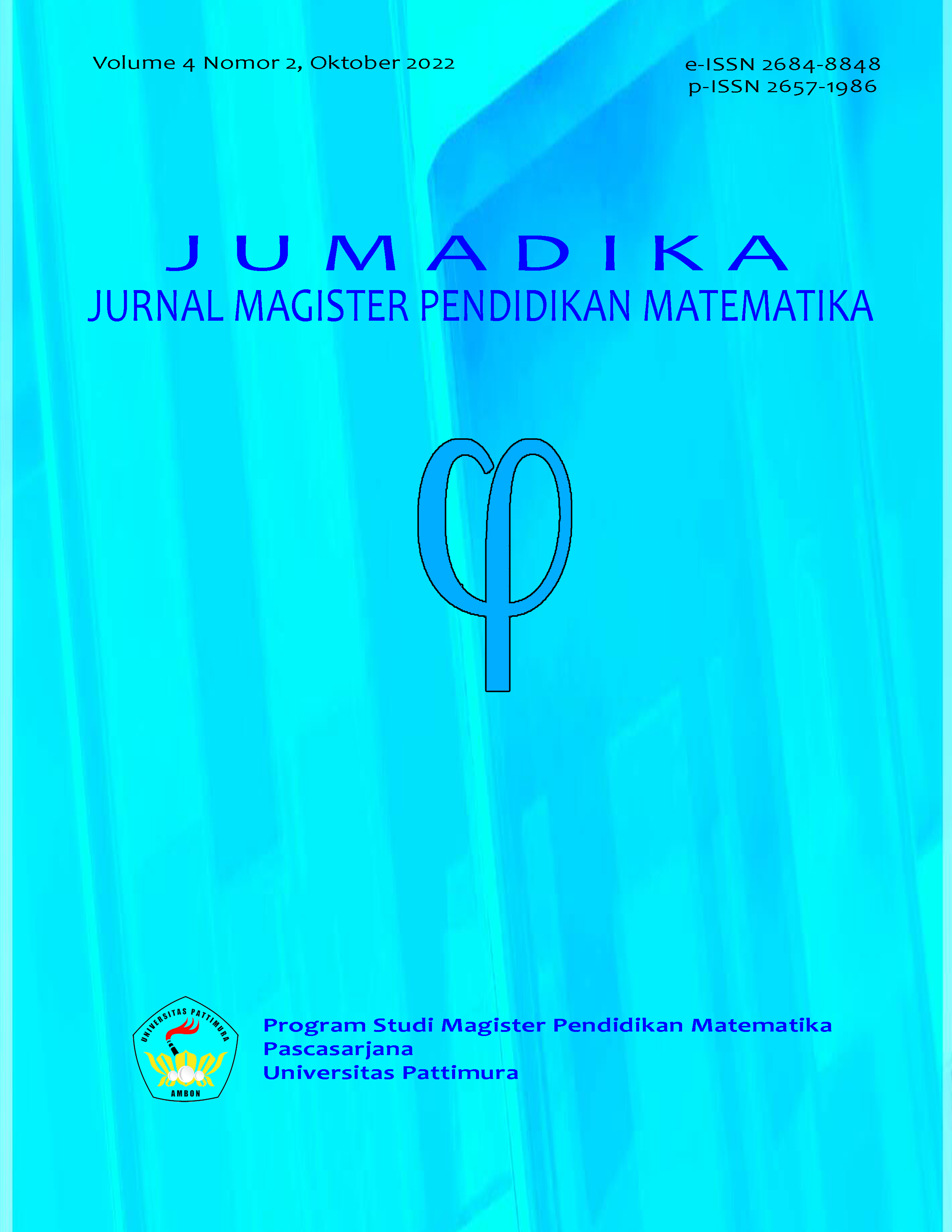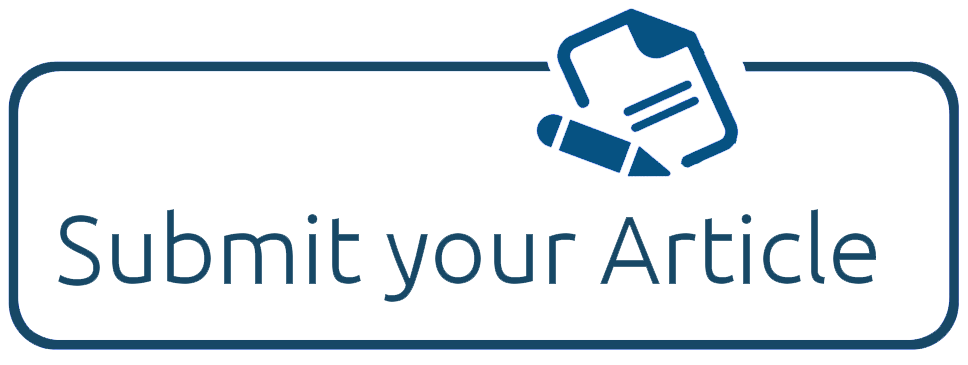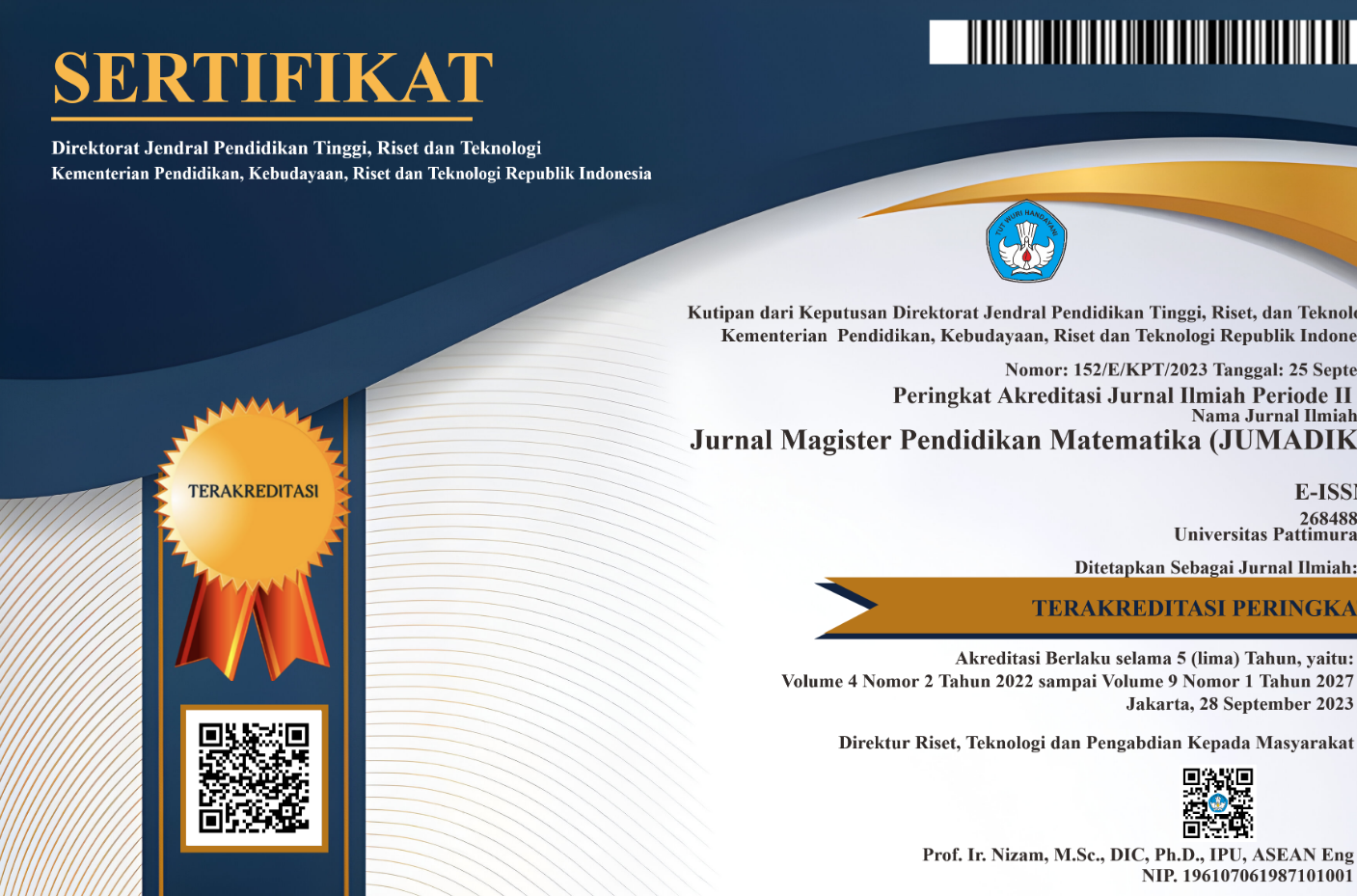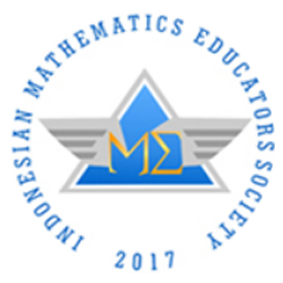EFEKTIFITAS PENGGUNAAN MEDIA PEMBELAJARAN MATEMATIKA BERBAHAN SAMPAH UNTUK MENGURANGI LEARNING LOSS AKIBAT PANDEMI COVID-19
Abstract
During the Covid-19 pandemic, there was a change in the education system, namely regular or face-to-face learning suddenly changed to learning from home (BDR). One of the difficulties is the change in the direct learning climate to online learning, which is done individually. This difficulty resulted in learning loss for students. Learning loss has a long-term negative impact, namely reduced student academic achievement and cognitive skills. Therefore, it is necessary to choose learning media to minimize learning loss due to BDR during the Covid-19 pandemic. One learning media that is suitable for the conditions of the learning community in Kefamenanu City is the Mathematics learning media made from Waste (MPMBS), namely positive and negative charges. This study aims to reduce learning loss for students in the learning community in the city of Kefamenanu. The type of research is an experimental, pre-Experimental Design, namely a One-Group Pretest-Posttest with 11 students in the Sunday school community at one of the GMIT Churches in Kefamenanu. Data collection methods are tests, questionnaires and documentation. The data analysis techniques are descriptive statistical analysis, N-Gain analysis and inferential analysis. The results showed that the average value of the pretest was 33, and the average value of the posttest was 57.17. There was an increase after the students were given the learning treatment using MPMBS with a charge of 27.57 and an average N-gain of 0.64, including the medium category. Based on the results of this study, it can be concluded that the use of waste-based MPMBS in learning integer operations can improve learning achievement while reducing learning loss in the community of Sunday school children in Kefemenanu. The next plan that will be done is to analyze the level of motivation of respondents to the use of MPMBS
Downloads
Copyright (c) 2022 Yohanis Ndapa Deda, Hermina Disnawati

This work is licensed under a Creative Commons Attribution-NonCommercial-ShareAlike 4.0 International License.
License and Copyright Agreement
In submitting the manuscript to the journal, the authors certify that:
- They are authorized by their co-authors to enter into these arrangements.
- The work described has not been formally published before, except in the form of an abstract or as part of a published lecture, review, thesis, or overlay journal. Please also carefully read Jurnal Magister Pendidikan Matematika (JUMADIKA) Posting Your Article Policy.
- That it is not under consideration for publication elsewhere,
- That its publication has been approved by all the author(s) and by the responsible authorities – tacitly or explicitly – of the institutes where the work has been carried out.
- They secure the right to reproduce any material that has already been published or copyrighted elsewhere.
- They agree to the following license and copyright agreement.
Copyright
Authors who publish with Jurnal Magister Pendidikan Matematika (JUMADIKA) agree to the following terms:
- Authors retain copyright and grant the journal right of first publication with the work simultaneously licensed under a Creative Commons Attribution-NonCommercial-ShareAlike 4.0 International License (http://creativecommons.org/licenses/by-nc-sa/4.0/) that allows others to share the work with an acknowledgment of the work's authorship and initial publication in this journal.
- Authors are able to enter into separate, additional contractual arrangements for the non-exclusive distribution of the journal's published version of the work (e.g., post it to an institutional repository or publish it in a book), with an acknowledgment of its initial publication in this journal.
- Authors are permitted and encouraged to post their work online (e.g., in institutional repositories or on their website) prior to and during the submission process, as it can lead to productive exchanges, as well as earlier and greater citation of published work.








